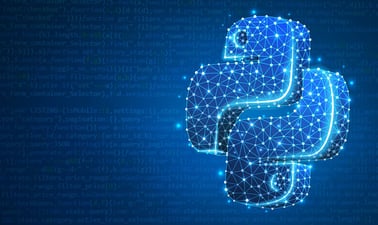
edX: Try It: Intro to Python
If you want to learn to code with Python, this free course will give you an overview of the ins and outs of Python basics. Try our no-risk course today and see why Python has become one of the world’s most popular and in-demand programming languages. No previous coding experience required.

1 weeks
1–2 hours per week
Self-paced
Progress at your own speed
Free
Access to course at no cost
There is one session available:
18,068 already enrolled! After a course session ends, it will be archivedOpens in a new tab.
Starts Apr 15
Try It: Intro to Python
At a glance
- Institution:
edX
- Subject: Computer Science
- Level: Introductory
- Prerequisites: None
- Language: English
- Video Transcript: English
- Associated skills:Web Applications, Front End (Software Engineering), Automation, Full Stack Development, Data Analysis, Python (Programming Language), Web Scraping, Machine Learning
Interested in this course for your business or team?
Train your employees in the most in-demand topics, with edX For Business.
